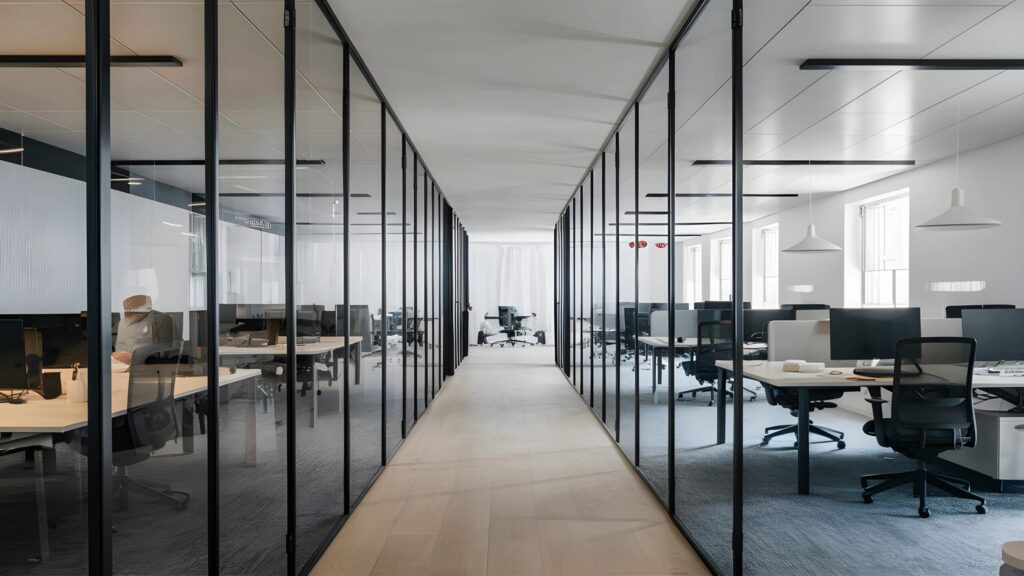Toughened glass, often referred to as safety glass, is renowned for its strength and durability. Unlike regular glass, tempered glass undergoes a rigorous manufacturing process that enhances its resilience, making it a popular choice in various applications, from windows to roof lanterns and more. However, a common question often arises: can toughened glass be cut? This blog post will talk you through the properties of tempered glass, the manufacturing process, and the implications of cutting or drilling it. Specifically, we will address why it is not feasible to cut toughened glass without compromising its structural integrity and safety features.
What is Toughened Glass?
Toughened glass is created through a specialised thermal process that significantly increases its strength compared to standard glass. This process involves heating the glass to high temperatures and then rapidly cooling it, creating internal stresses that enhance its durability.
Tempered glass is known for its strength making it particularly valuable in situations where resistance to breakage and potential injury is a priority, such as in glass doors and windows, shower screens, and commercial buildings.
Understanding Toughened Glass
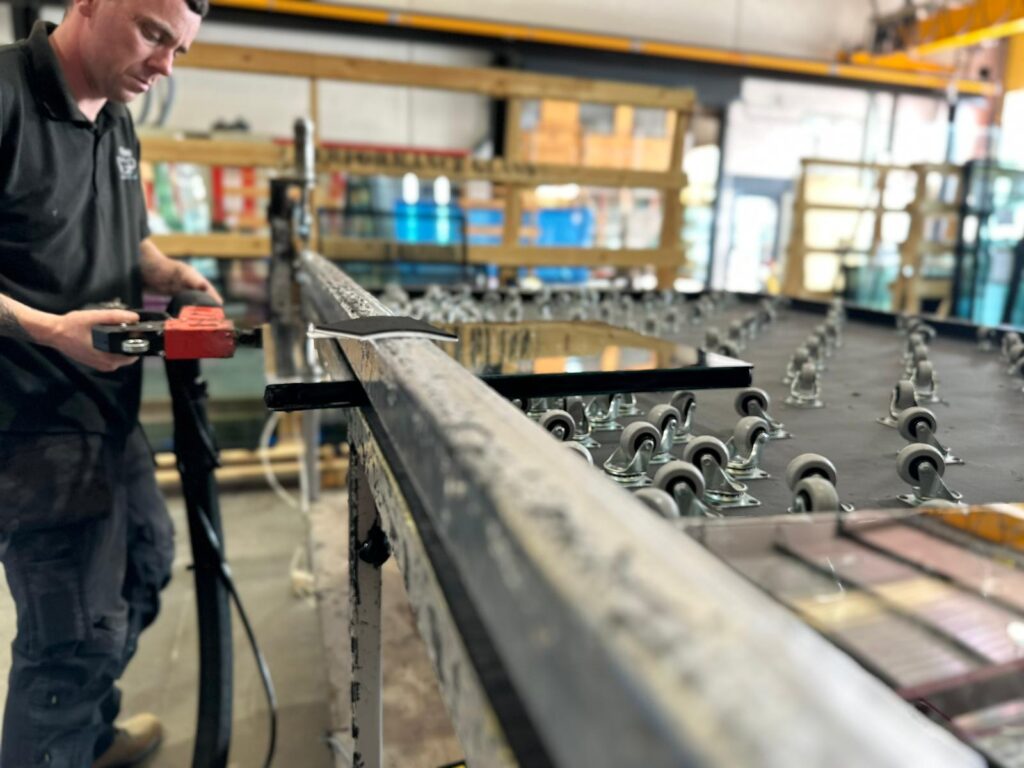
Tempered glass, also known as toughened glass, is a type of safety glass that has been treated to significantly enhance its strength and durability. The tempering process involves heating the glass to a high temperature, typically around 700°C, and then rapidly cooling it. This rapid cooling creates internal stresses within the glass, which are responsible for its increased strength and resistance to impact.
The tempering process not only makes the glass much stronger than standard glass but also alters the way it breaks. Instead of shattering into sharp, jagged pieces, tempered glass breaks into small, blunt fragments, reducing the risk of injury. This safety feature makes tempered glass an ideal choice for applications where both strength and safety are paramount, such as in glass doors, shower screens and commercial buildings.
The Tempering Process
1. Heating
The heated glass is brought to approximately 700°C. This step is crucial as it prepares the glass for the toughening process.
2. Cooling
After heating, cold air is applied quickly to the glass, causing the outer surface to cool rapidly while the inner part remains hot. This temperature difference creates tension within the glass.
3. Final Product
The result is a glass panel that is four to five times stronger than its non-toughened counterpart. In the event of breaking, toughened glass shatters into small, blunt pieces, reducing the risk of injury.
Properties of Toughened Glass
Strength – Its increased strength makes it ideal for high-impact applications.
Safety – The way it breaks into small pieces minimises the risk of severe injuries.
Thermal Resistance – Toughened glass can withstand high temperatures, making it suitable for various environments.
Can Toughened Glass Be Cut?
The straightforward answer is no; once toughened glass has completed its manufacturing process, it cannot be cut, drilled, or altered. Attempting to do so will cause the glass to shatter.
Challenges of Cutting Toughened Glass
Cutting tempered glass presents significant challenges due to the internal stresses introduced during the tempering process. These stresses make the glass exceptionally strong and resistant to cutting or any form of manipulation. When an attempt is made to cut or drill toughened glass, the internal stress is disrupted, often causing the glass to shatter into small, blunt pieces.
The difficulty in cutting tempered glass means that glaziers must use specialised tools and techniques to handle it. Even with these tools, the risk of the glass cracking or shattering remains high if not handled with extreme care. The tempering process makes the glass prone to sudden breakage when its structural integrity is compromised, which is why cutting this type of glass is generally not recommended once it has been tempered.
Ideal Preparation Before Toughening
Before undergoing the toughening process, glass must be accurately cut and shaped. This is crucial for ensuring that the final product meets specific design requirements. It is important to consult specialists early in the project for shaped glass units to ensure the glass can be designed and cut to the desired size and shape. Here’s how the process typically works:
1. Initial Cutting
The glass is cut to the desired dimensions before it enters the toughening furnace.
2. Shaping
Any necessary shapes must be created at this stage.
3. Toughening
Once the glass is shaped, it is placed in the furnace for the toughening process.
Common Uses of Toughened Glass
Doors and Windows
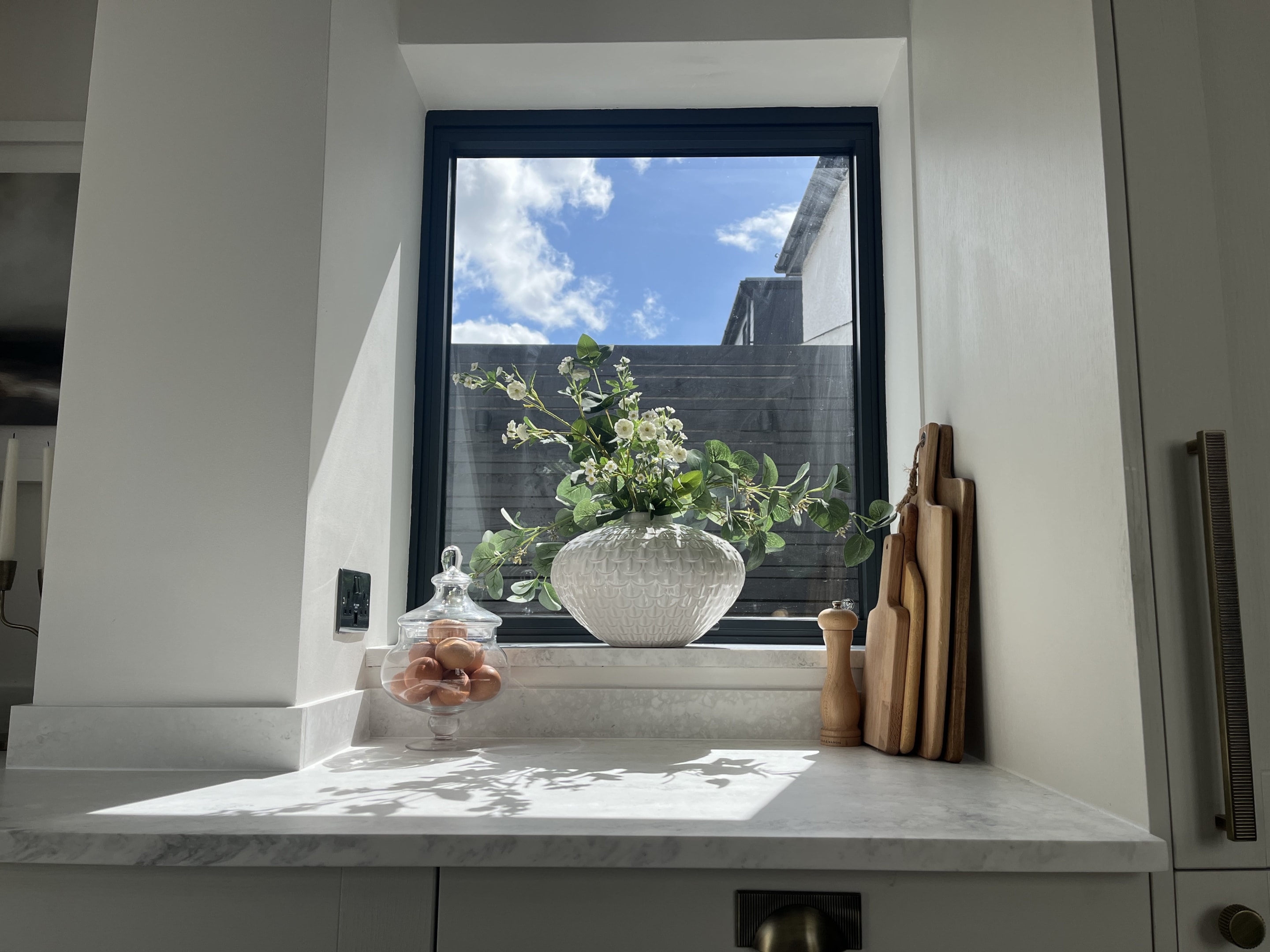
Tempered or toughened glass is widely used in both residential and commercial buildings for doors and windows. Its strength and shatter-resistant properties make it ideal for areas where there is a higher risk of impact, such as entryways, sliding patio doors, or large windows. In these applications, it offers both safety and security without sacrificing visual clarity or aesthetics.
Shower Enclosures
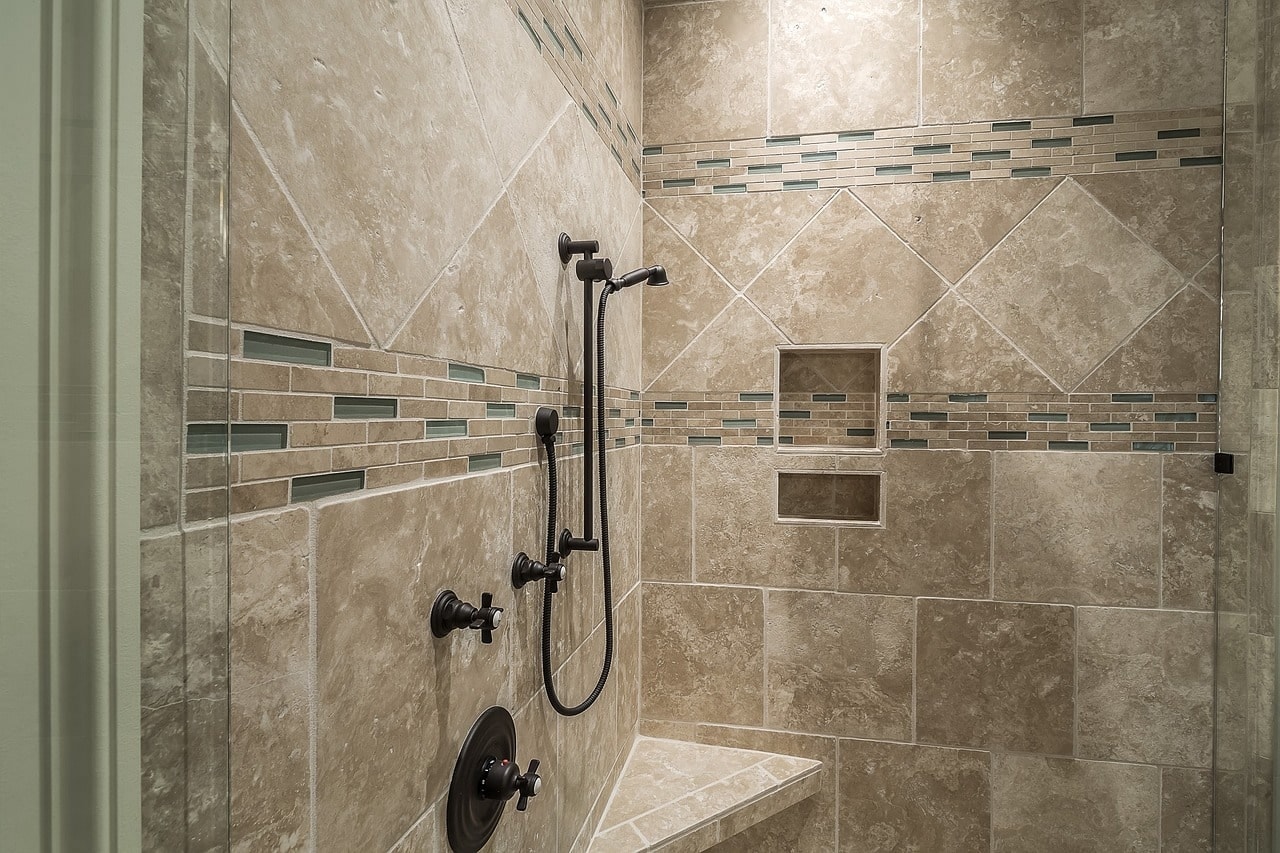
In bathrooms, toughened glass is the standard material for shower screens and enclosures. It is well-suited for these environments because it can withstand moisture and temperature fluctuations, resisting the thermal stresses from hot water and steam. Additionally, its smooth surface is easy to clean, maintaining hygiene and longevity in wet areas.
Glass Railings
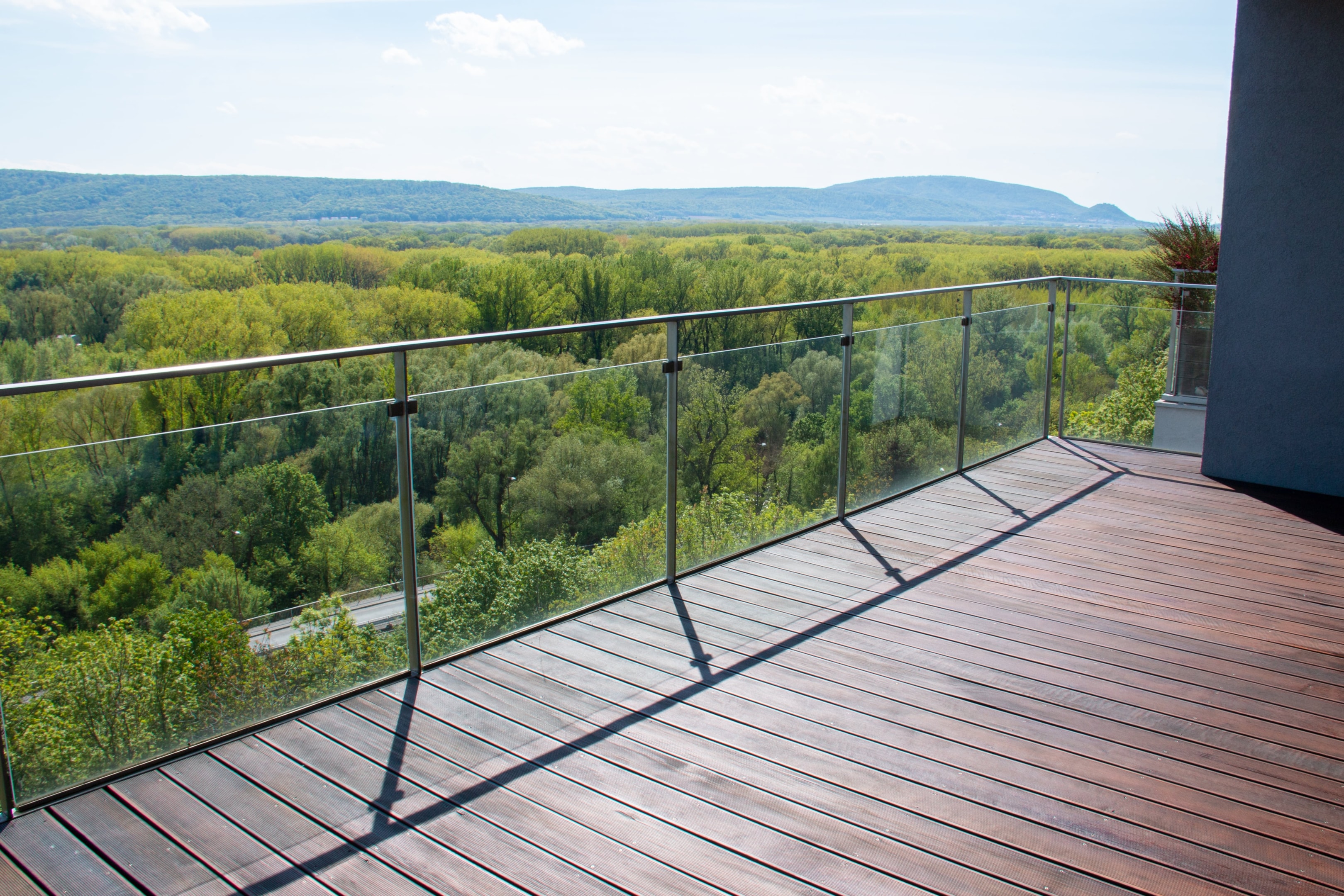
Toughened glass is also popular in glass balustrades and railings used in balconies, staircases, and terraces. Here, the glass serves as a safety barrier while providing a sleek, modern look that enhances the design without obstructing views. In these applications, the glass is often paired with stainless steel or other materials for additional structural support.
Partition Walls
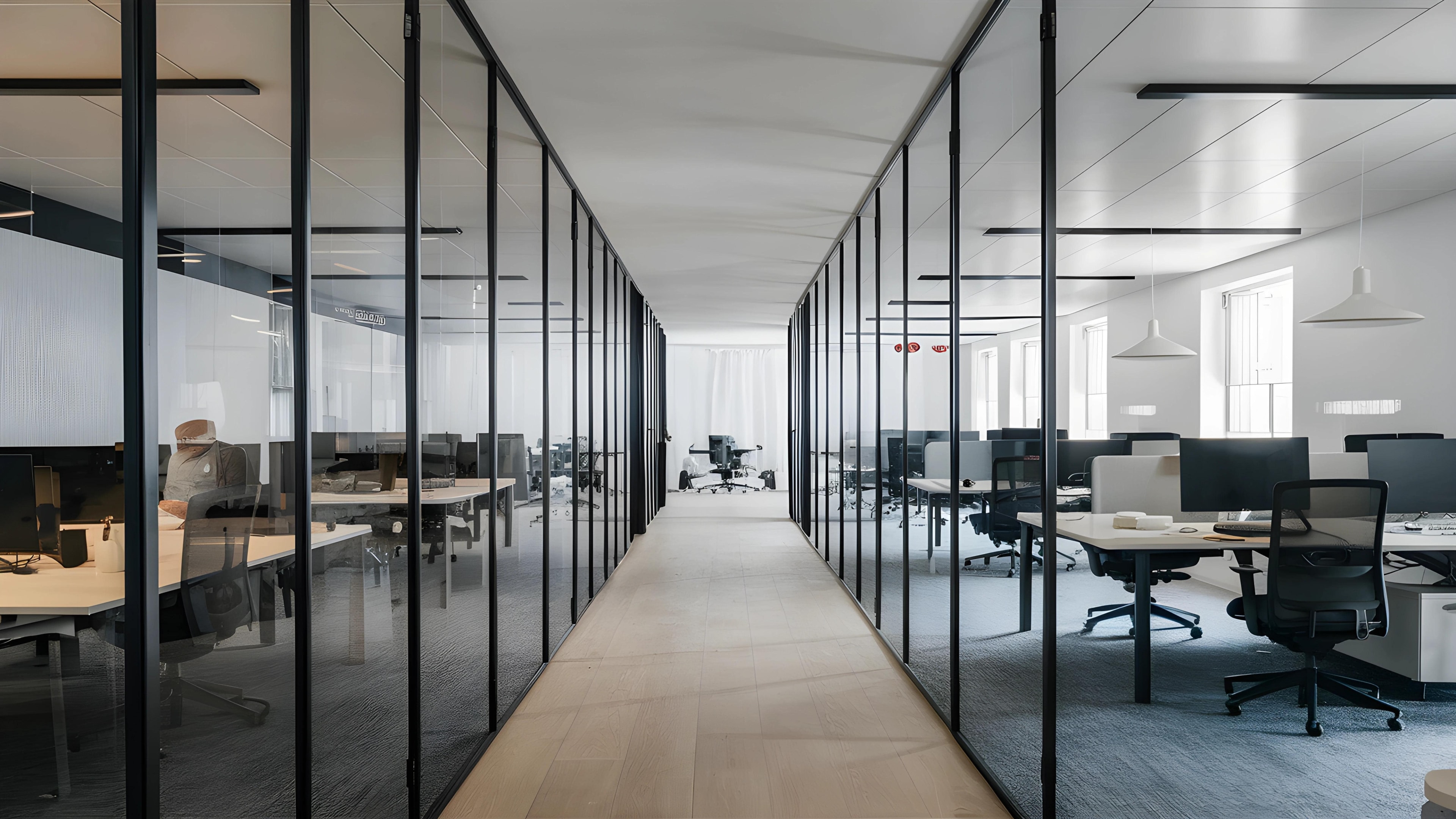
Toughened glass is used in office partition walls and dividers to create transparent or frosted barriers between spaces. It ensures safety in high-traffic areas while offering a soundproof and visually appealing solution for open-plan designs.
Furniture
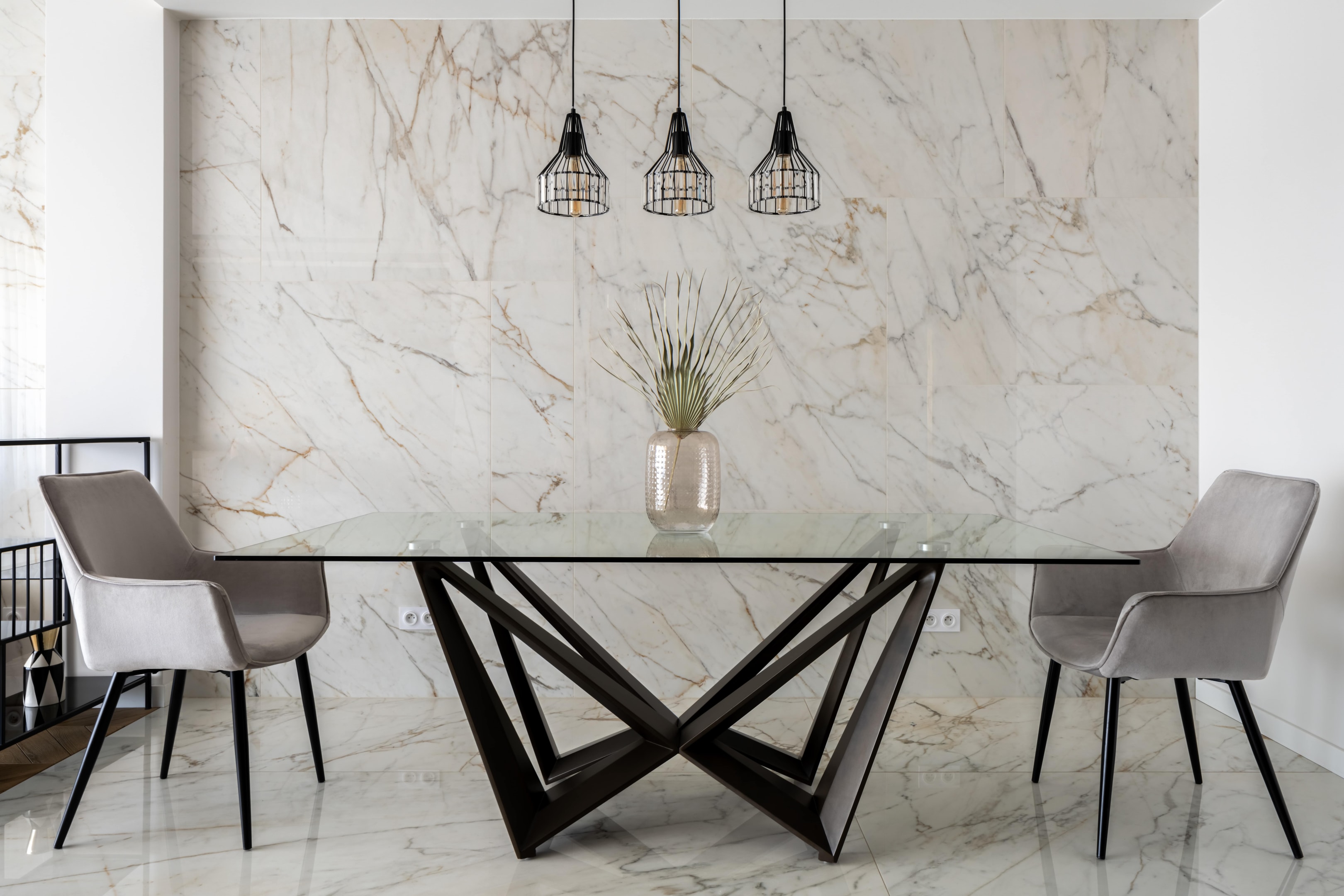
Items like glass tabletops, shelves, and cabinet doors often incorporate toughened glass to ensure durability and resistance to breakage in daily use. Its strength makes it perfect for load-bearing surfaces, adding a refined touch to home or office furniture.
Public and Commercial Spaces

Toughened glass is integral to storefronts, shopping malls, train stations and airports where large glass panels are essential for creating open, inviting spaces. It ensures the safety of the public while maintaining a modern, transparent look.
Why Choose Performance Glass?
Looking for custom glass? Here at Performance Glass, we’re sure to have the right solution for your needs.
As manufacturers of specialist performance and fire-rated glass products, we pride ourselves on delivering high-quality glazing products on time with outstanding customer service. Want to find out more? Email us today on theteam@performanceglass.co.uk.

